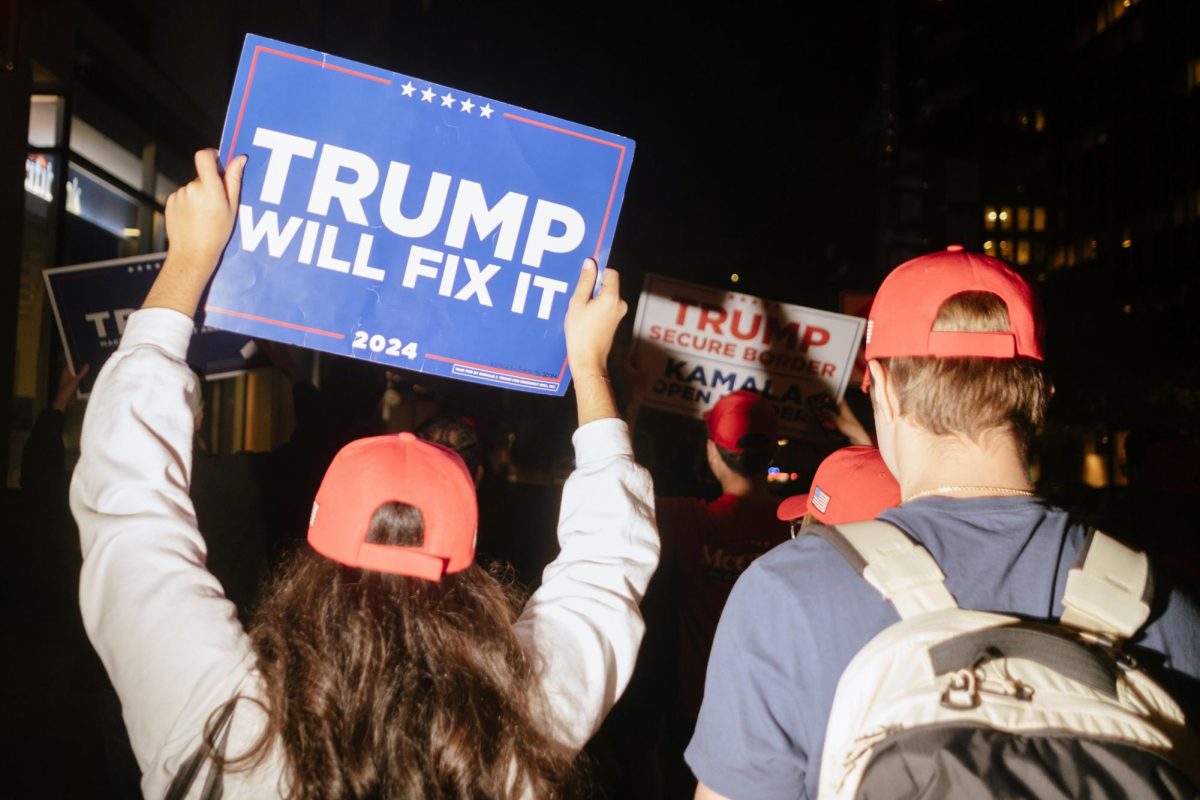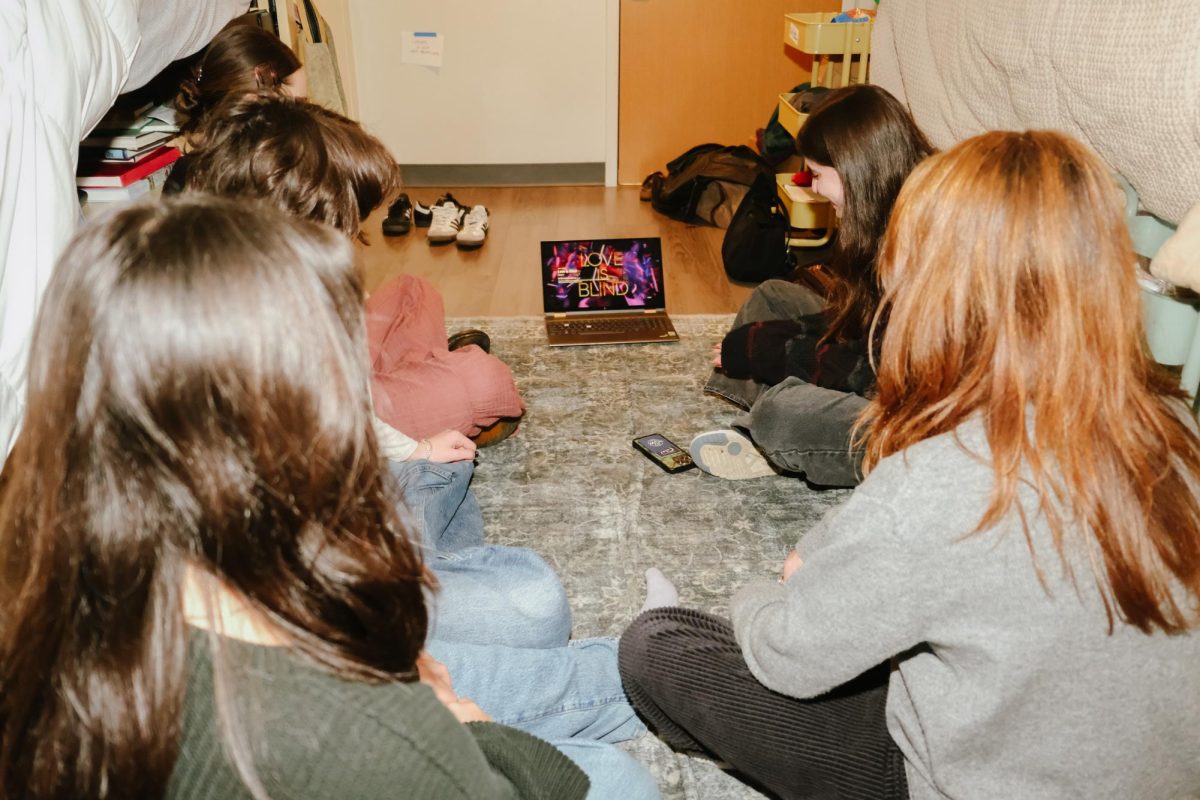Andy Warhol created icons out of the mundane: a bottle of coke, a soup can and even a banana.
His inspiration also stemmed from another commonplace item, tabloid news – a routine, often unnoticed fixture in everyday life. This inspiration soon became an obsession and, now, an exhibition.
“Warhol: Headlines” opened at The National Gallery of Art on Sept. 25, presenting a comprehensive collection which demonstrates Warhol’s unique technique of stitching images together.
“In ‘Warhol: Headlines,’ we experience Warhol’s works that shine a spotlight on the insatiable appetite for the sensational side of news,” Earl A. Powell III, director of the National Gallery of Art, said.
The collection, which includes about 80 works, from paintings to sculptures to video clips, comprises the first exhibit with a theme based solely around the motif of news headlines in Warhol’s work. Warhol created time capsules with a personal storage space of headlines and articles that served as inspiration for the exhibit.
“Warhol: Headlines” is part of the larger Warhol on the Mall program along with “Andy Warhol: Shadows,” which is on display at the Hirshhorn Museum until Jan. 15.
One piece is comprised of six identical photographs sewn together with a thread of Daily News vending machines that feature a front-page headline entitled “Zaccaro Indicted.” Zaccaro, a real-estate developer, created headlines after being indicted in 1981 on felony charges in the alleged bribery of Donald Manes, president of the borough Queens, who ultimately committed suicide.
Besides duplication, Warhol used a variety of techniques to give power to his work. One piece, “Fate Presto” – translating to “hurry up” in Italian – urges people to quickly respond to the destruction caused by a massive earthquake on November 26, 1980.
The front page of the Naples Daily was multiplied into three towering 9-by-6.5 foot panels, intentionally reflecting the scale of the event. Warhol lightened the tone of one and darkened the other, de-intensifying their contrast.
“ ‘Fate Presto’ signals a call to action to address the human tragedy of the earthquake,” Molly Donovan, associate curator of modern and contemporary art at the National Gallery of Art, said.
Out of all the pieces, Donovan views one as most important: “ ‘A Boy for Meg,’ Warhol’s first headline canvas, inspired the entire exhibition. [‘A Boy for Meg’] taught us that something as mundane as the daily newspaper can be grand,” said Donovan.
This painting, which includes both the original penciled version as well as a revised hand-painted one, is the first work seen when entering the exhibit. This comprehensive look at the piece shows the evolution of his style and techniques.
The exhibit includes works in ballpoint, graphite, pencil, crayon, acrylic and silkscreen on a vast array of surface materials, from canvases to linens.
Donovan said the exhibit also displays three silent four-minute screen tests and has seven locations to see film, video, television and audio.
With projections on the wall, the National Gallery of Art also made artwork out of Warhol’s television shows: “Andy Warhol’s T.V.,” which featured artists and celebrities from the film, art, music and fashion industries.
His last television project, “Andy Warhol’s Fifteen Minutes,” was broadcast on MTV during the 1980s and featured a variety of celebrities and figures of popular culture. With striking black glasses and unkempt near-white hair, Warhol finally created his most successful icon: himself.
“Warhol’s life and his art ran so closely together that, eventually, they collapsed into one narrative,” said Donovan.
On June 3, 1968, Warhol made headlines himself when radical feminist writer Valerie Jean Solanas shot him three times. At the hospital, Warhol was clinically pronounced dead, only to later be revived by doctors.
The exhibit has also given life to Warhol’s never-before-seen work, putting his images on display for the first time.
“Forty percent of the works in the show have never been on public view,” Donovan said. “After researching this audio work for four years, I have come to realize that we’re just beginning to understand this prolific artist’s work.”
The exhibit is free and open to the public until Jan. 2 in the East Building of the gallery.





